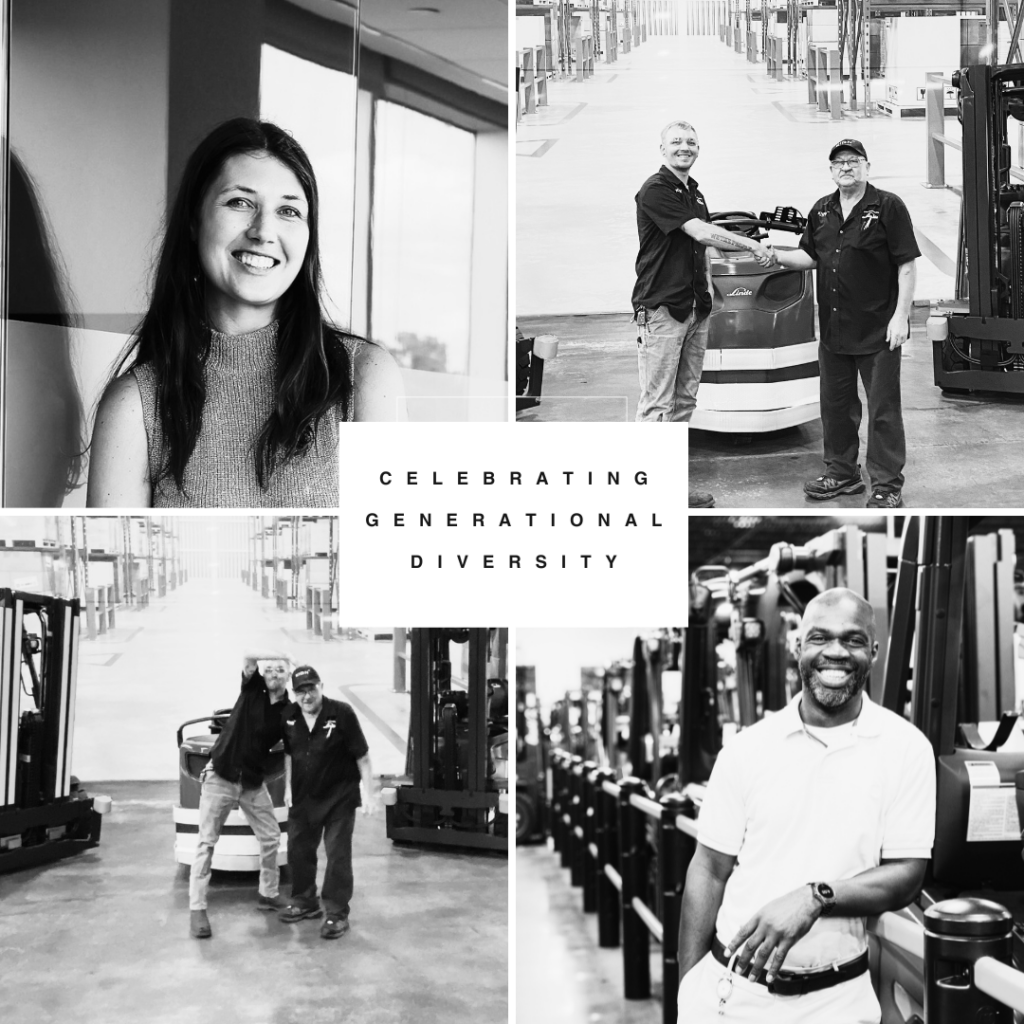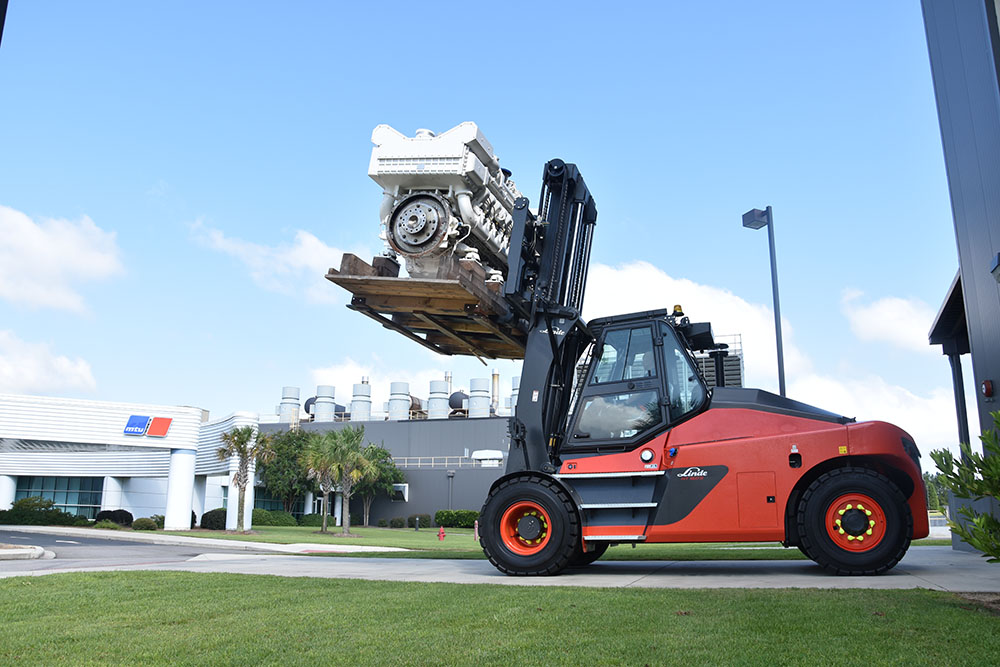In today’s fast-paced business world, generational diversity is a powerful asset. At KION North America, we are proud to have five generations working together, fostering an inclusive and vibrant workplace. This diversity merges a wide range of perspectives, skills, and experiences, driving innovation, enhancing decision-making, and strengthening our competitive edge.
To explore this further, we interviewed four teammates from different generations. Their insights reveal how embracing diverse perspectives cultivates inclusion, drives success, and prepares businesses to excel in a competitive market.
Through these interviews, you’ll see how generational diversity bridges gaps and creates synergies that lead to greater success. By valuing and integrating the diverse talents and perspectives of all team members, companies can achieve a harmonious balance that fosters creativity, enhances performance, and leads to sustained growth.
Enjoy the insights from our exceptional teammates!
A discussion featuring Ray Davis, Counterbalance Team Lead, and Daniel Deas, CNC Machine Operator
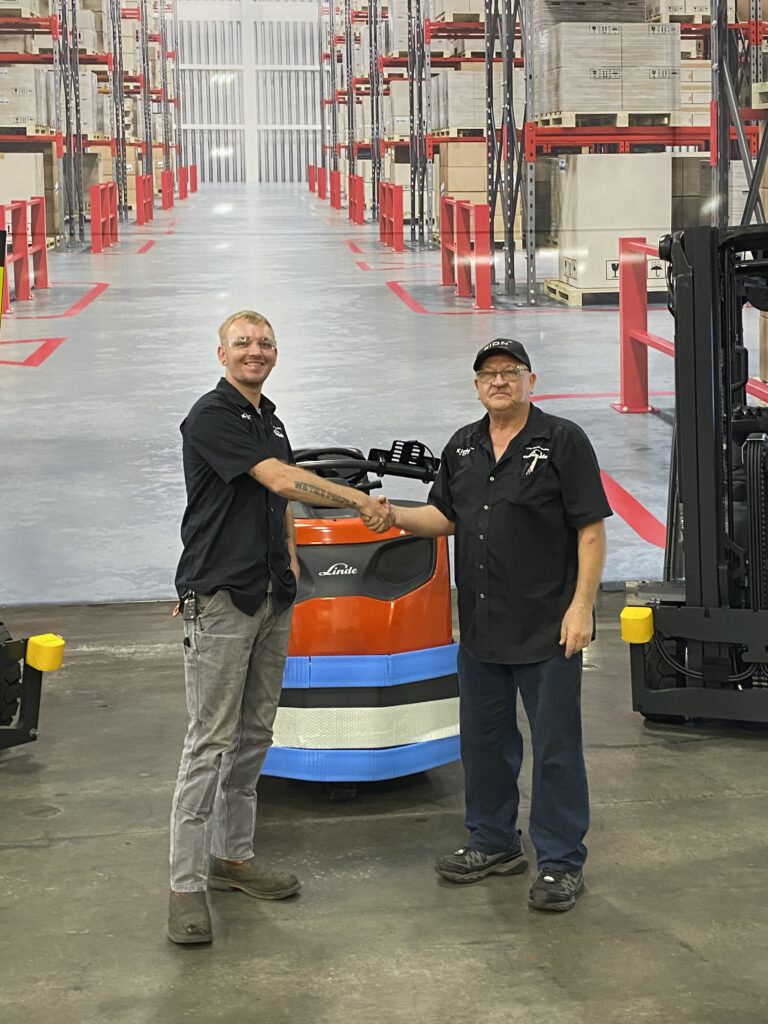
Which generation do you feel you belong to?
Ray: Baby Boomer. (Ray began his journey at KION NA in June 1995).
Daniel: Millennial. (Daniel began in March 2023).
How would you describe your working style?
Ray: Fast but still teach as I go; work safely; retain and learn.
Daniel: Fast & chaotic; fast learner & retains information quickly.
How do you think generational diversity impacts our workplace culture and dynamics?
Ray: A whole lot! The older generations can learn from younger generations and their feedback; I learn a lot about technology from younger teammates!
Daniel: The older generation obtained more with different approaches, allowing them to train others with a wide knowledge base.
In your experience, what specific skills or areas of knowledge do senior leaders typically seek to learn from younger employees?
Ray: Computer skills & technology. Ask questions – don’t be afraid to ask questions.
Daniel: Everyday duties such as 5S, basics of work style.
Can you share an example of how different generations collaborate effectively in a team?
Ray: Younger generations work harder; older generations work slower and smarter.
Daniel: The younger generation is more physically able, while the older generation has more knowledge. When Ray and I worked together, I could do things like crawl under the equipment more easily while he would verbally walk me through the processes because he had the knowledge background.
What strategies do you think are essential for bridging the gap between different age groups in the workplace?
Ray: Respect for one another and always ask questions for what you don’t know.
Daniel: Honesty as a core value, take accountability, and have a good work ethic.
How can we leverage the unique strengths of each generation to enhance overall productivity?
Ray: Keep an open mind to all, and absorb what others bring to the table. Older generations should practice patience and diffusion to address attitude – working with them, not against them.
Daniel: Try to have the younger generation listen to other generations and slowdown being closed off to others.
If a younger or older colleague asked you for advice, what tip would you share with them?
Ray: Respect everybody, even yourself! If you have a problem, find someone to talk it over with. KION NA has always been like a family, especially for some who do not have family to work through things with.
Daniel: It’s okay to not always be right; accept other’s thoughts, processes, and opinions.
A conversation with Sierra Priebe, Pricing Analyst, and Clay Howard, Manager, Order Administration
Which generation do you feel you belong to?
Clay: Generation X
Sierra: Gen Z
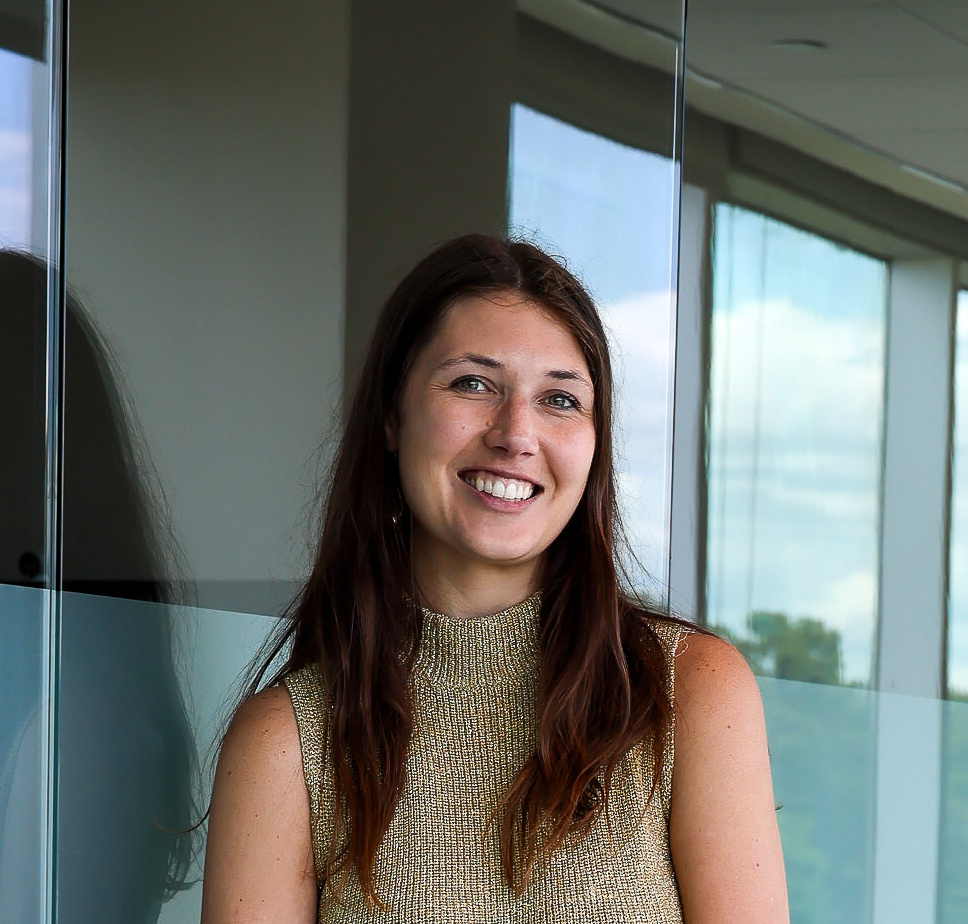
How would you describe your working style?
Clay: Supportive
Sierra: Detail-oriented
How do you think generational diversity impacts our workplace culture and dynamics?
Clay & Sierra: Different generations have different life experiences and knowledge they bring to the table. Older generations can serve as mentors that compliments the energy of the younger generation.
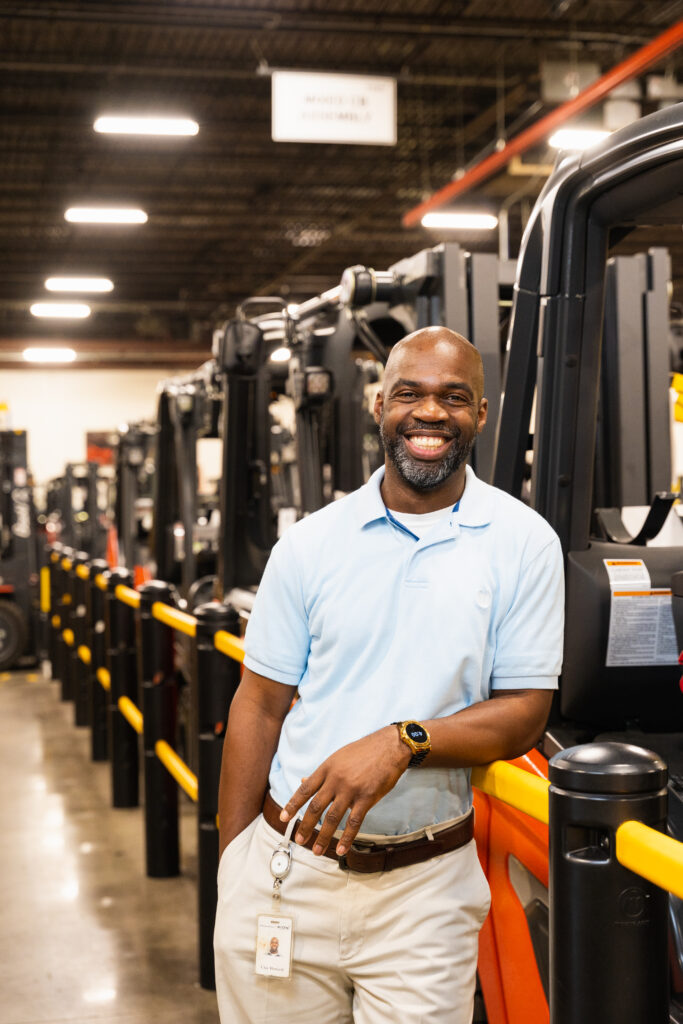
In your experience, what specific skills or areas of knowledge do senior leaders typically seek to learn from younger employees?
Clay & Sierra: They want a fresh set of eyes on things to make sure they are not stuck in a way of doing things, that could be better optimized and add to their skillsets.
Can you share an example of how different generations collaborate effectively in a team?
Clay & Sierra: When they communicate openly and both sides encourage each other to contribute ideas as well as hear out the other.
What strategies do you think are essential for bridging the gap between different age groups in the workplace?
Clay & Sierra: Transparency – giving people the tools and incentives to work together and bring out the best in each other.
How can we leverage the unique strengths of each generation to enhance overall productivity?
Clay & Sierra: Be intentional by encouraging mixing of the generational groups. Don’t let generational stereotypes influence your perceptions.
If a younger or older colleague asked you for advice, what tip would you share with them?
Clay & Sierra: Keep an open mind, everyone has something to teach you. Be eager but have patience.

